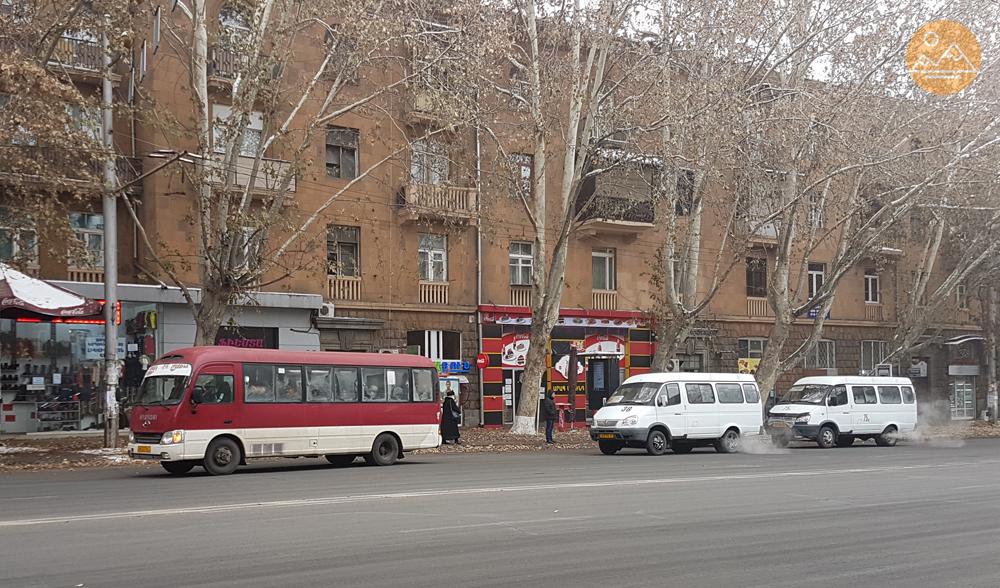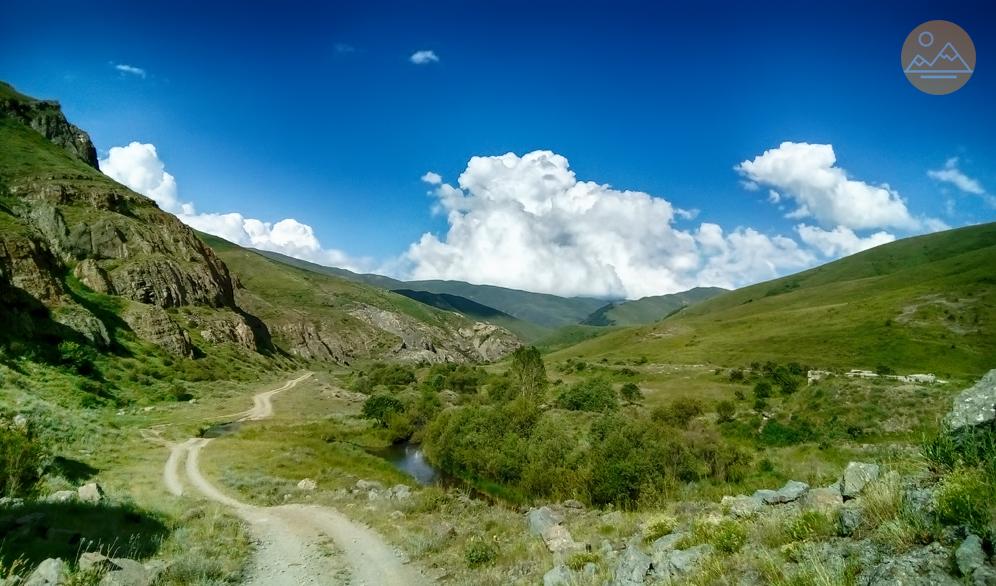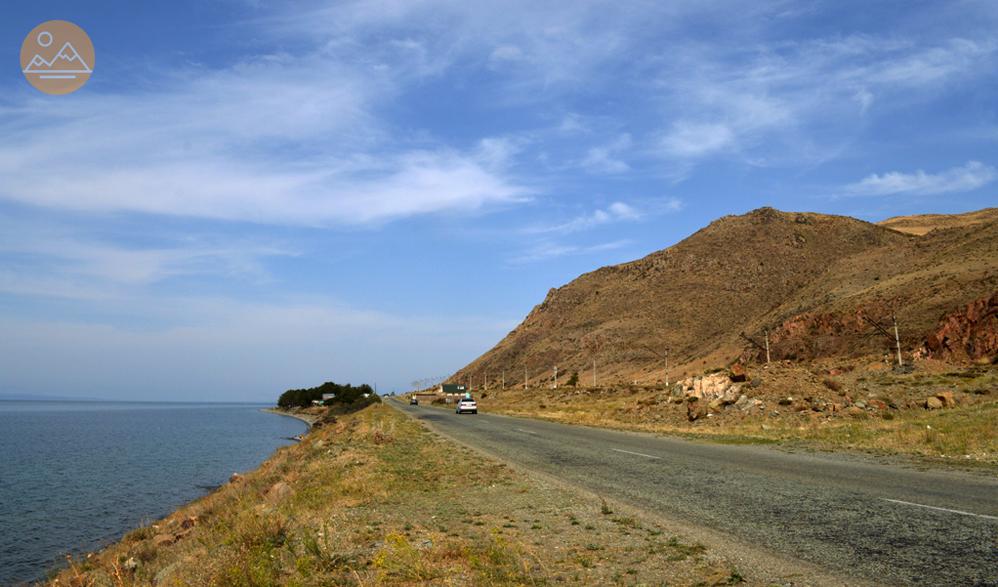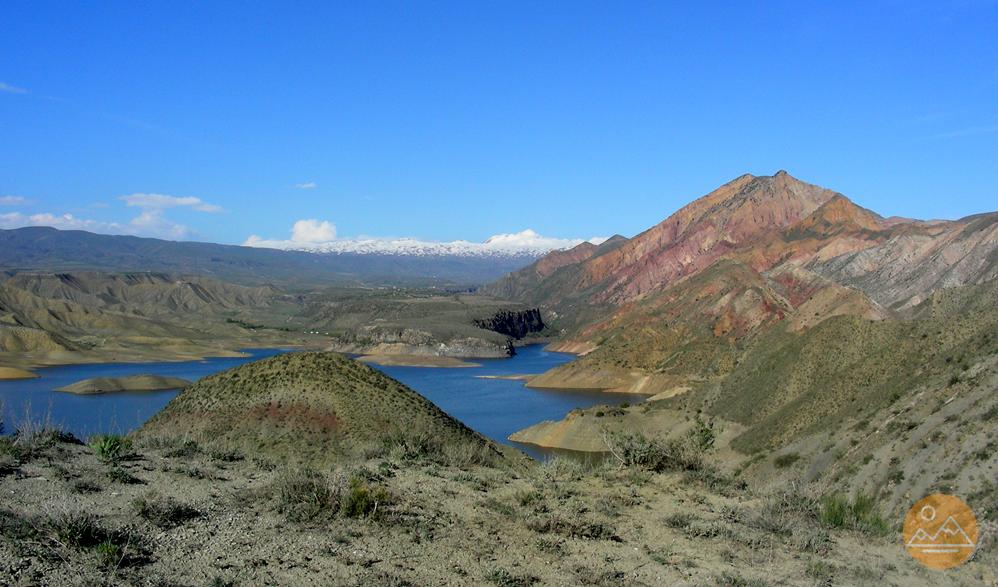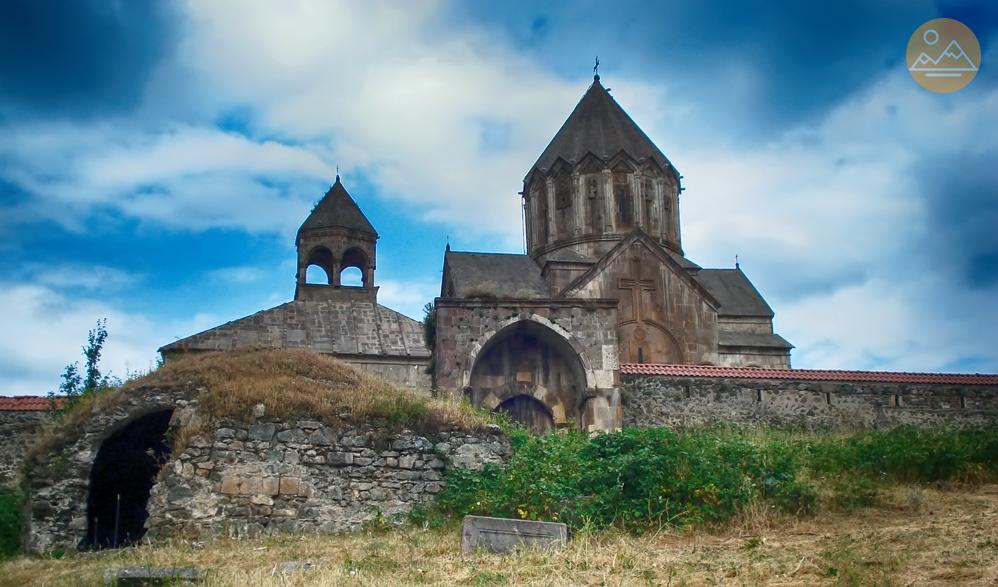-
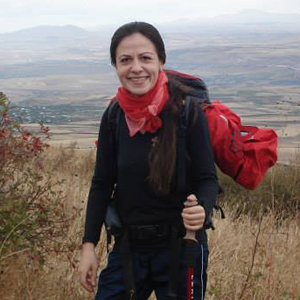 Lilit Grigoryan
Lilit Grigoryan

The Church of Saint Paul and Peter, Armenia / Photo: Chanaparhord Hikers Club
A Battle between Water and Church
Views - 3706
If you travel about 60 km northwest of Yerevan, bypassing the town of Ashtarak over the bridge connecting the two sides of the Kasagh river canyon, and up the winding road through several villages with Ara and Aragats mountains on your sides, you will eventually reach the Aparan water reservoir.
The Aparan reservoir was constructed in 1962-1967 on the site of the former Kasagh and Zovuni villages (inhabitants were relocated to the neighborhood of Yerevan) for the purpose of securing the Ararat valley with irrigation. The two 5th-century small churches of Zovuni were moved to a safer distance from water - first, the stones were numbered, and then dismantled carefully, after which they were rebuilt in the same sequence as before. But different was the fate of another church on this site, the Church of Saint Paul and Peter. Considered to be one of the first churches in Armenia with a domed hall, today it lays in ruins.
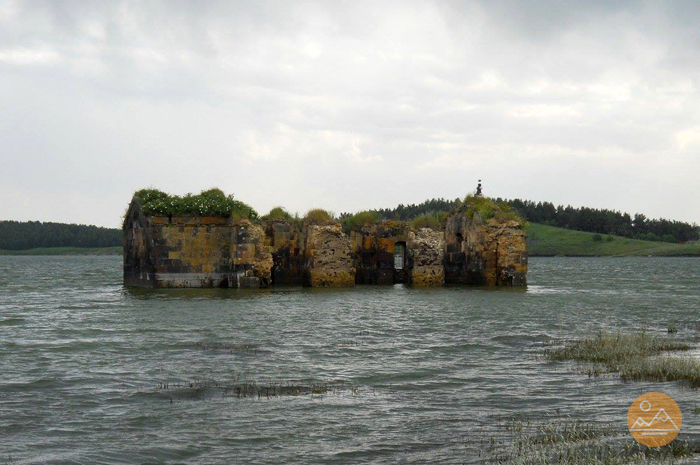
The Church of Saint Paul and Peter, Aparan, Armenia / Photo: Chanaparhord Hikers Club
If you take a closer look at the church, you will notice that the lower half of the construction is of a different color than the upper part. The Aparan reservoir is fed by a number of rivers and streams, as well as atmospheric precipitations. Consequently, each year between the months of March and July, as the weather gets warmer and the snow melts in the mountains, the water level of the reservoir increases. And as the water rises, it also covers the walls of the Church of Saint Paul and Peter reaching its windows.
During the construction of the reservoir, the stones of the church were numbered for relocation, too, but due to risk of possible damage, it was left on its site. And every year, for a few months, the church sinks, battling against the waters, but always coming unscathed out of the battle.

The Church of Saint Paul and Peter, Aparan, Armenia / Photo: Chanaparhord Hikers Club
Built in the 5th century, the Church of Saint Paul and Peter is very unique by its layout. And according to some specialists, it is the oldest of 4 such constructions in Armenia. It is believed that in the end of the 3rd century, or in the beginning of the 4th century, an older pagan shrine that existed on the site of the church, was turned into a Christian church. Later, in 5th or 6th century, it was rebuilt into a domed hall church by the request of the prince Gregory Gntuni. Another noteworthy thing about this church is the absence of columns inside it.
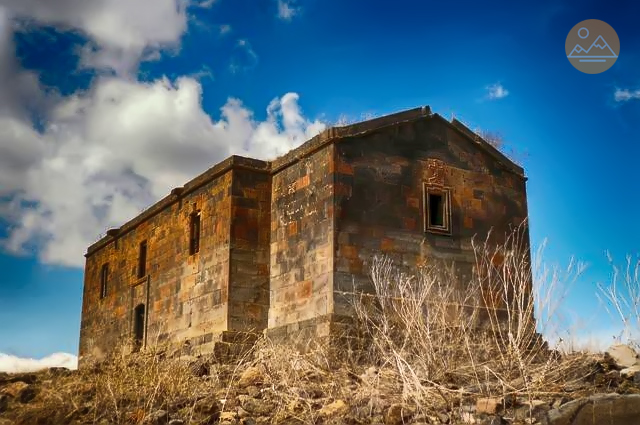
The Church of Saint Paul and Peter, Aparan, Armenia / Photo: Chanaparhord Hikers Club
Despite its rare structural composition, no solution for preservation of the church is found up to this day. And the waters of the Aparan reservoir try to swallow it every year. However, “St. Paul and Peter” resist this battle in a way known to them only. And spectators from around Armenia come here to witness the battle between the water and the stone, enjoying the scenic views around the reservoir, soothing their souls, and even hiking and fishing.
